Teachers will use “deepfake” technology to create an AI avatar of themselves to deliver catch-up lessons for pupils who have missed school.
Staff at the Great Schools Trust will create the avatars – which look and sound just like them – using an AI video generator.
They will be used to set out content children have missed, for instance after being absent or suspended.
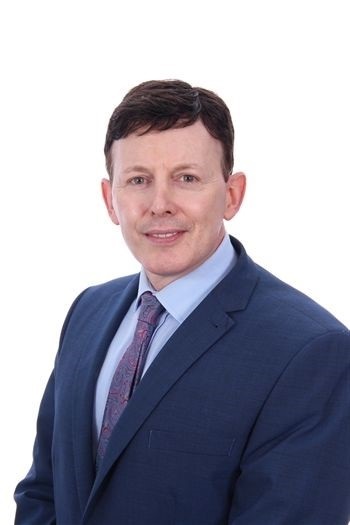
The videos will point children to catch-up resources on Google Classroom. Children can access the videos through their Chromebooks, which are handed out in year 7.
The academy trust insists the work will never replace teachers, but should cut workload around having to deliver catch-up interventions.
Teachers are “passionate about changing our communities for the better and leaving the world in a better place than we found it. Otherwise, what’s the point?” CEO Shane Ierston told Schools Week.
“We think the technology gives our staff agency and capability to do those things. It takes away the reasons why people leave.”
‘Not removing teachers, but putting time into the system’
The trust, which runs eight schools in the north west, expects to roll the avatars out fully in the next 12 months, and intends to seek government or philanthropic funding to make the system available to other schools. But teachers won’t be forced to create one.
They also won’t be used for regular lessons, but will serve as a familiar video introduction to resources for children who have fallen behind.
Ierston described the avatar scheme as a “direction of travel, not to remove teachers, because I know that’s what unions will be worried about, but to augment and act as an adjunct in the classroom.
“To put time into the system that we wouldn’t have had otherwise, and to get rid of all this crazy practice of hours of intervention.”
Using software with a ‘bad reputation’ for good
Video-generating, or “deepfake” AI is controversial because of its ability to create likenesses of real people. School leaders have warned it is increasingly used to make malicious images of staff.
But Ierston said the trust had “taken software that’s got a bad reputation, and we’ve used it for the betterment of education and society”. It is using ‘HeyGen’, which describes itself as “standing out as a powerful deepfake maker”.
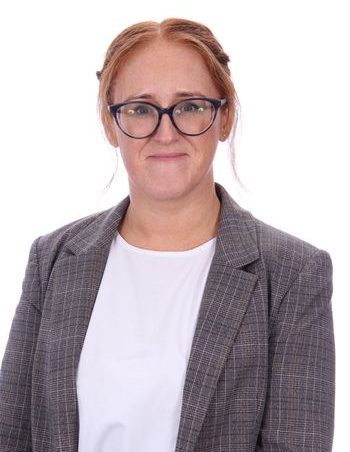
Ierston said the “most pressure” when pupils returned from periods away from school was on the teacher having to bring them up to speed.
Staff may “try and do intervention after school. And that’s all bonkers, because it’s just more weight on the teacher. All this intervention time is draining.”
Absent pupils “miss their friends and they miss their favourite teachers. I think what it does is it creates a bridge. It creates a stepping stone to bring a child back into the teaching environment”.
Pupils will be able to submit questions in writing to the avatar, which can respond with pre-programmed answers.
But Katie Sharp, the trust’s director of education, said despite some parents post-Covid wanting more online lessons – this is not the plan.
“Students need to be mixing together and having that wider opportunity,” she said. “We’re not here to become an online school. That’s the opposite of what we do.”
What about copyright?
But the plan is likely to be controversial, particularly among the wider teacher workforce. One issue is copyright of the videos – something GST’s trustees also raised when being informed about the plan.
The trust said it will own the intellectual property in the AI avatar videos, but they will only use them with the teacher’s “explicit consent and in-line with data protection law”.
The trust added that when a teacher leaves, their personal data is removed and their avatar deleted to “protect their privacy and integrity”.
They said this would comply with relevant laws including the copyright, designs and patents act, biometric data guidance and GDPR.
Trust moves to AI mock marking to cut workload
Great Schools Trust is also seeking to cut teacher workload by gradually replacing human marking of mock exams with AI, which it says is much faster and more accurate.
A trial will use AI to mark GCSE mocks, which the trust estimates could save some teachers up to 80 hours over the course of three sets of tests when fully rolled out.
Teachers have marked papers alongside the AI for the past three years so the trust can identify issues with the system.
From Christmas, however, some subjects in some of its schools will switch to 100 per cent AI marking.
Papers are scanned in and converted to PDFs and uploaded to the trust’s own interface, “CredimusAI”.
Each page has a barcode unique to a pupil, whose name is removed by the trust. The papers are then fed into external AI assistant “Claude”.
AI marking faster and ‘more accurate’
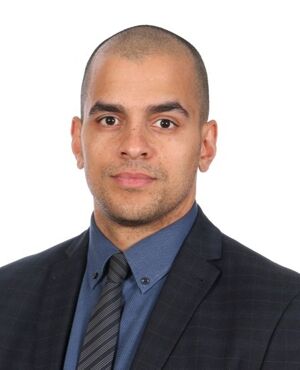
AI can mark hundreds of papers simultaneously, taking around four minutes for the longest scripts. The AI can then generate lesson plan suggestions, gap reports and further exam questions.
The trust said the AI’s marking is more accurate.
Benjamin Barker, principal of King’s Leadership Academy, Wavertree, which is run by GST, said an initial trial in biology found the “AI was harshly marking the pupils by 15 per cent”.
But “when you went into all those questions where a teacher disagreed with the AI, the AI was right on about 13 out of 15 of those marks”.
“It was only when we went back and we realised that there was a bias,” Ierston added. “The staff were marking the children overly positively.”
He added AI was “not a gimmick – it’s a catalyst for our mission. Great schools are built by great people. AI gives them back time and energy to do what they do best: inspire, teach and lead.”



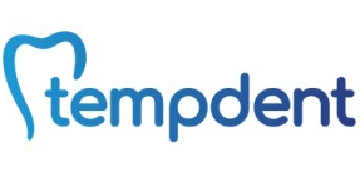





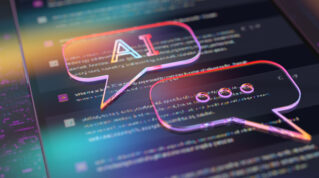



Your thoughts